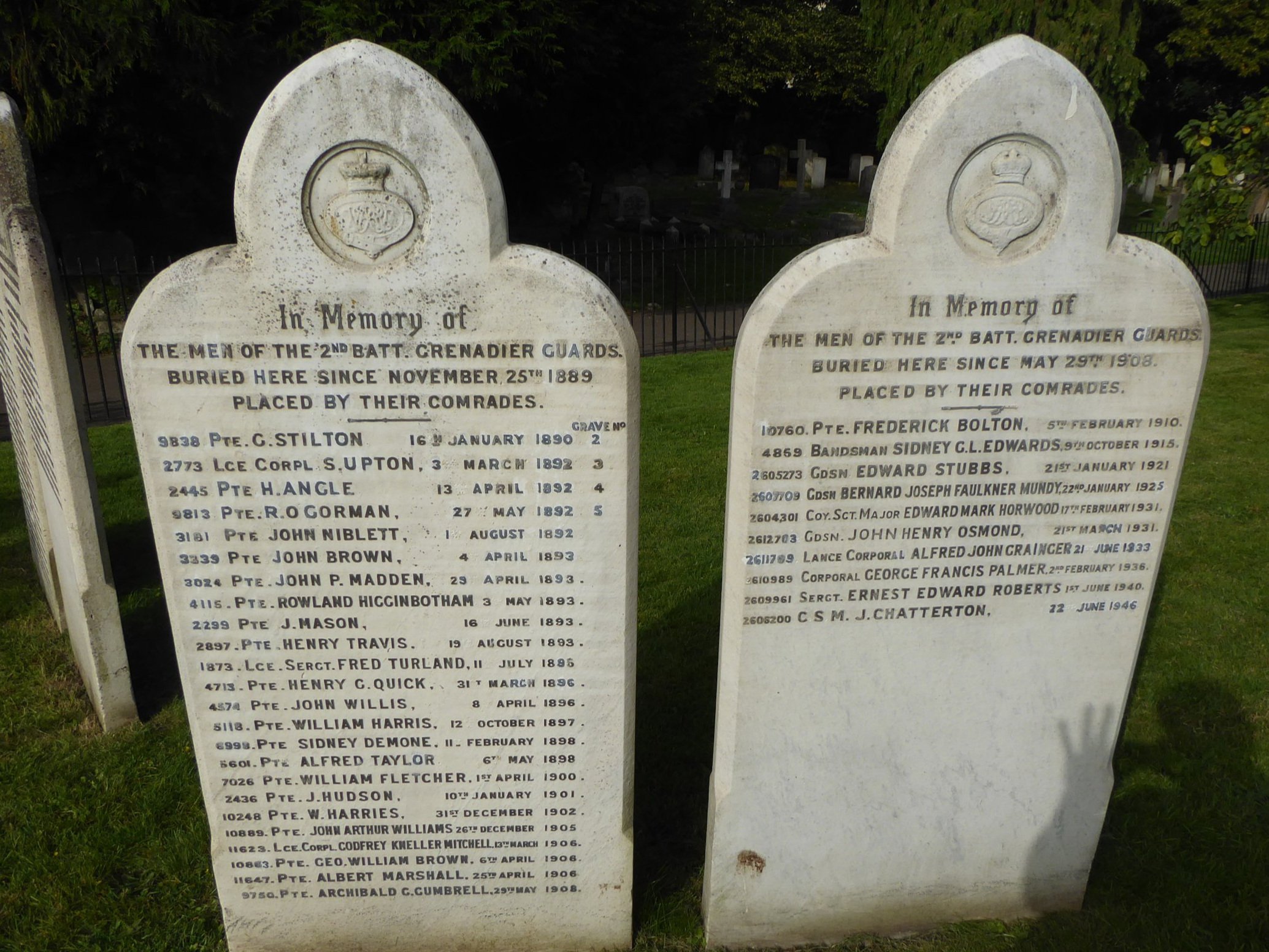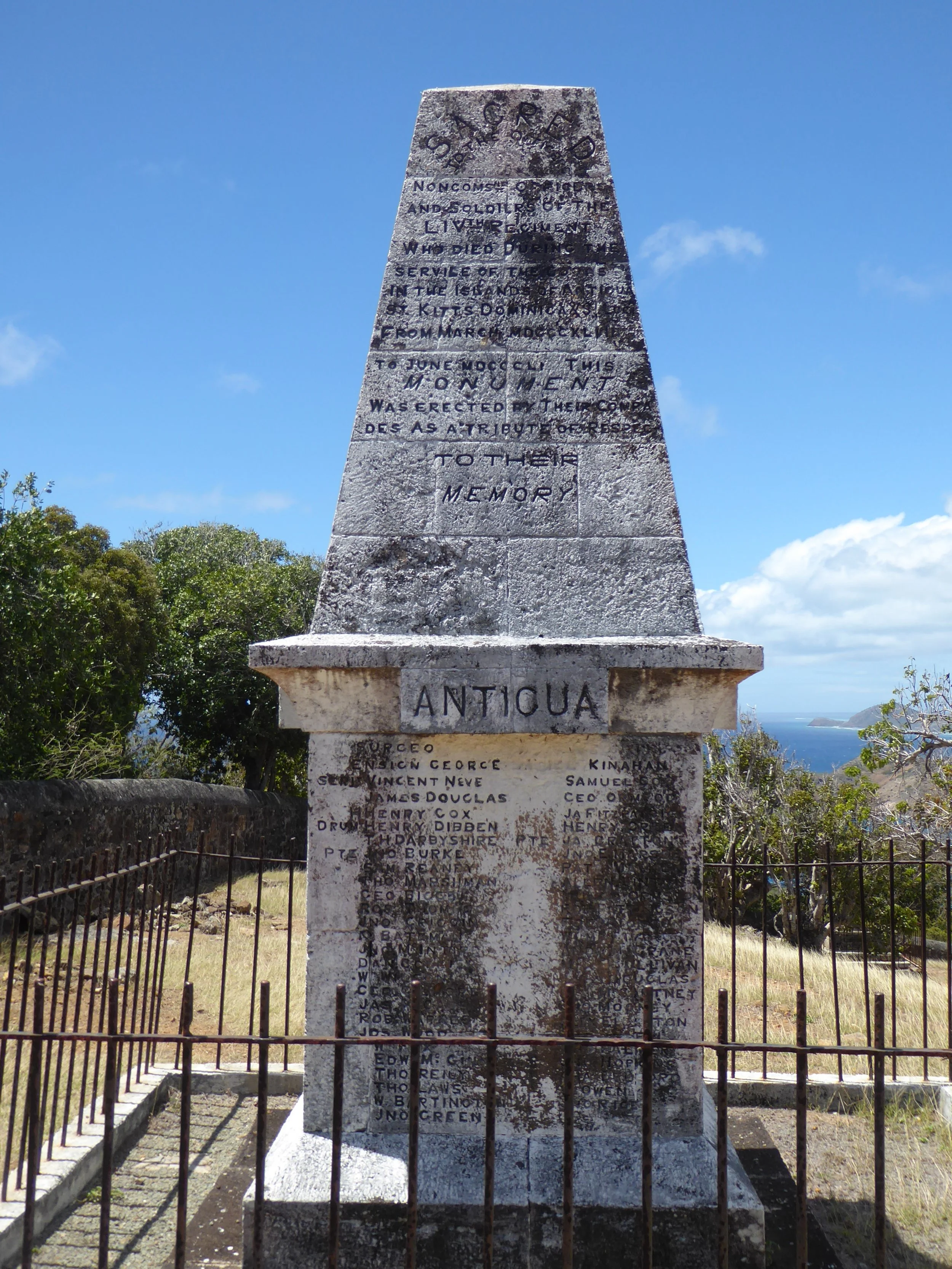How We Work
Research
Using a network of volunteers and suggestions from interested parties, such as the CWGC, National Army Museum, British Legion, Military Regiments, historical societies and local tourist boards, we find and locate sites of specific interest to The Trust. The CWGC, in particular, looks after sites that frequently neighbour older historical graveyards and they have generously agreed to send us images and information. Several sites have been found by local enthusiasts or tourists who have come across a graveyard. We carry out preliminary research into the graves to find out the history of those that are buried there and identify suitable graves to restore.
Revenue
If the site proves to be of interest to The Trust, we will start to raise awareness, both in the UK and locally, and start a fund-raising campaign. We arrange a schedule of work for the restoration of graves, using local masons, and enlist volunteers to clear the site. For example, if many of the graves are from a particular regiment or ship, we will write to the relevant regiment or navy contact to see if they will provide volunteers.
Restoration
Once the schedule is in place, the restoration work will start. We try to use our contacts with various government departments and local press to draw attention to the project and gain support and publicity for the site. By raising awareness of the work and site, we hope to encourage interest in the history of the site and encourage visitors to the area. To this end, we contact both Tourist boards, local schools and Government officials.










